Crystal Paradise Beneath the Mall
In 1968, while digging the foundation, workers discovered a crystal-lined cave large enough to enter, which was later named Crystal Paradise.
They sealed the opening, poured the slab, and by summer 1969, Harrisburg East Mall had risen directly above the hidden cavern.
Wanamaker's opened first, with escalators humming, perfume counters stocked, clerks in place, and early shoppers drifting past racks and displays. Gimbels opened beside it.
Two years later, JCPenney joined, and the corridor stretched between anchors with terrazzo underfoot and fluorescent light buzzing overhead.
Families came in from Swatara Township and beyond. The parking lot was filled with Chevrolets and Buicks.
Inside, the air stayed cool even in August. Store signs gleamed against glass, some selling shoes, others electronics or home goods.
No one walking the polished floors thought about the hollow ground underneath.
To shoppers, it was a clean, modern stop - another place to add to the list of things to do in Harrisburg, PA, along with parks and ballgames.
The cave was gone from view, buried under leases and bright retail displays.
Anchor Deals and Tenant Turnover
By 1978, the first cracks showed. Gimbels pulled out after nine years.
Sales had lagged, and the store's distance from its other locations made logistics messy.
Hess's signed the lease that same year.
For a while, the replacement worked. Hess's brought in regional shoppers, leaned into fashion, and filled seasonal floor sets with markdowns.
Then it disappeared too, closed in 1994 during a corporate consolidation.
Hecht's took over the square footage. The escalators stayed in place. Only the nameplates changed.
Wanamaker's, once the showpiece, closed in 1999. Its replacement, Lord & Taylor, opened the next year.
The third floor was walled off. A private entrance was added.
JCPenney hung on until 2001. Two years later, Boscov's moved in and filled the old Penney's space. New signs went up. The name kept its serif logo.
Each transition left something behind, shelving bolts in the concrete, custom lighting rigs no one took down.
On paper, the anchors stayed full. But the mall was running on rotation.
Lease cycles shortened. Buildouts reused whatever wiring was already in place.
Floor plans got rearranged with every store switch.
No anchor held for more than a decade after 2000. The openings came fast, but the closings came faster.
Renovation Budget, Stalled
In 2004, plans went wide.
A $77 million overhaul started: new finishes, updated flooring, tenant reshuffles, and a 14-screen Great Escape theater planted at one end of the property.
That same year, Lord & Taylor closed, and Bass Pro Shops signed a new deal.
Bass Pro wanted a custom layout. Construction added square footage.
Crews built upward and locked off unused parts of the old Wanamaker's. The third floor went private.
The hunting lodge didn't match the rest of the mall, but it managed to attract customers.
The new cinema was up and running quickly. Families came through for double features and popcorn refills.
Around it, Harrisburg Mall rebranded storefronts and leaned into entertainment.
A streetscape was supposed to follow, a row of restaurants and exterior entries with patterned brick, custom lighting, and updated facades.
It never came together.
By 2009, all unbuilt structures remained that way.
Feldman Mall Properties had financial problems and couldn't finish the job. Market conditions changed.
Three key parcels meant for expansion were left bare, then boarded. The decorative lighting stayed boxed.
The cinema held out. Bass Pro stayed busy. But the mall itself never got the finish it was promised.
The price tag lingered in filings. The full renovation didn't make it off the page.
Debt, Default, and a New Holding Pattern
Macy's showed up in 2006. It replaced Hecht's after Federated Department Stores folded May Department Stores into its portfolio.
The rebranding came fast: new signs, department resets, and a shift in merchandise.
Two years later, Boscov's filed for Chapter 11. The Harrisburg Mall location closed that same year, one of ten stores cut from the chain.
Its anchor spot stayed dark.
Then came the sheriff's sale. On July 9, 2009, the mall changed hands after Feldman Lubert Adler defaulted on a $52.5 million mortgage.
Ownership transferred to three financial groups. Lease renewals paused. So did long-term investment.
In June 2012, TD Bank sold the property to Maryland-based St. John Properties and Petrie Ross Ventures.
Both firms had experience in commercial real estate. They brought in new capital and started cleaning up stalled parcels.
That summer, crews demolished the Sega Sports Restaurant unit.
In 2013, Books-A-Million opened a 2nd & Charles in the same spot, filling a space that had once been reserved for Barnes & Noble.
The mall stayed open. But parts of it weren't leased, and old marketing signs sat untouched in display cases.
The floor plans still mapped out expansion zones that never went up.
The Last Anchor Standing
On January 6, 2020, Macy's confirmed it would close by March. It was part of a plan to shut down 125 locations nationwide.
When the store locked its doors for good, Bass Pro Shops became the mall's only remaining anchor.
Inside, the concourse kept running, but most of the major tenants were gone.
Vacant storefronts outnumbered leased ones. Some units were used as temporary kiosks.
Others had display glass that was fogged over due to a lack of maintenance.
No department store filled the Macy's space. No replacement was announced. Instead, traffic slowed. Local customers shifted to strip centers nearby.
The Bass Pro entrance remained busy, with sales of outdoor gear, seasonal apparel, and fishing licenses keeping it active.
But its floor plan was sealed off from the rest of the mall.
Between 2020 and 2023, there were no new big-box leases. Tenants that remained had flexible agreements or were month-to-month.
Entry points stayed open, but corridors narrowed.
Shoppers walked past locked gates on their way to the last working anchor. The mall was still there, but only on paper.
Lease Terminations and Final Shutdown
The timeline came out in February 2023.
St. John Properties released a redevelopment plan that called for the demolition of the Harrisburg Mall, keeping only Bass Pro Shops.
The rest, former anchors, in-line tenants, and food court stalls would be removed to clear space for new commercial construction.
Notices went out that spring. Tenants had until January 31, 2024, to vacate. Some packed up early.
Others kept hours through the final week. On the last day, the lights stayed on, but the gates stayed down.
The new project, branded Swatara Exchange, was pitched as a business park with commercial offices, retail pads, medical offices, light manufacturing, and flex space.
Plans were filed, but still needed approvals.
The mall's 54-year run ended in paperwork. HVAC shutoffs. Security checkouts. Insurance transitions.
By February 2024, Harrisburg Mall existed only on old receipts and business listings that hadn't been updated yet.
Demolition and Site Clearing
The morning after Harrisburg Mall closed on January 31, 2024, demolition equipment was already staged in the lot.
Crews moved in by February, starting with the vacant Macy's wing.
Walls came down in sections, hauled away on flatbeds until only steel framing was left standing against the winter sky.
Over the next months, the interior was stripped out, tiles ripped from the concourse, glass storefronts shattered, and service corridors reduced to piles of concrete and wiring.
What had been a sealed, climate-controlled retail space turned into open air.
By mid-2025, crews shifted from tearing down to reshaping the land. On June 23, controlled blasting began.
Holes were drilled into the limestone foundation and charges packed to break apart the rock that had anchored the Harrisburg Mall since 1969.
The schedule ran weekdays, 7 am to 5 pm.
Notices went out to nearby residents warning of loud blasts, dust plumes, and temporary traffic delays on surrounding roads.
For months, the sounds of drilling and detonations carried across the site, replacing the buzz of escalators and background music that once filled the mall.





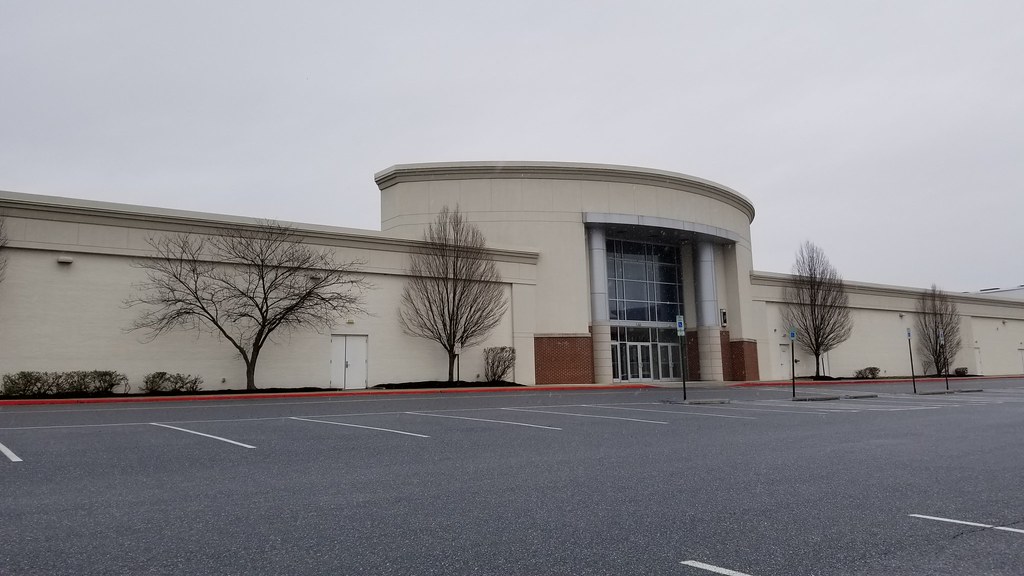


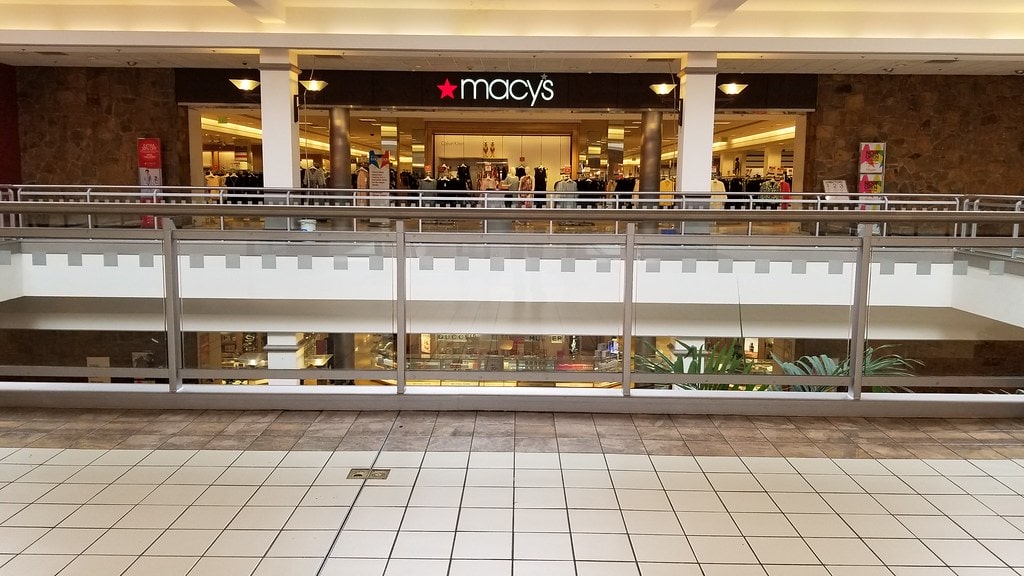

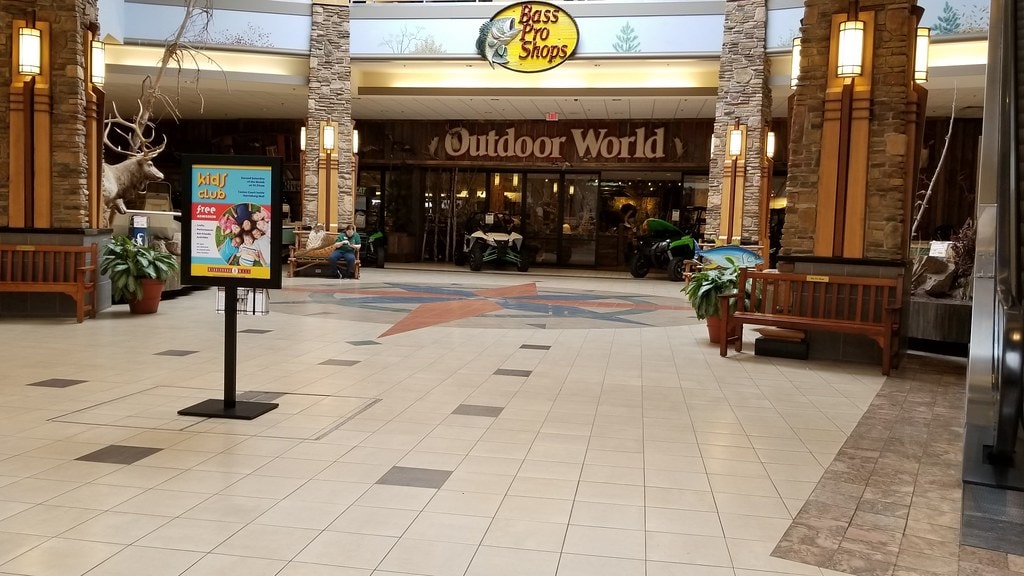


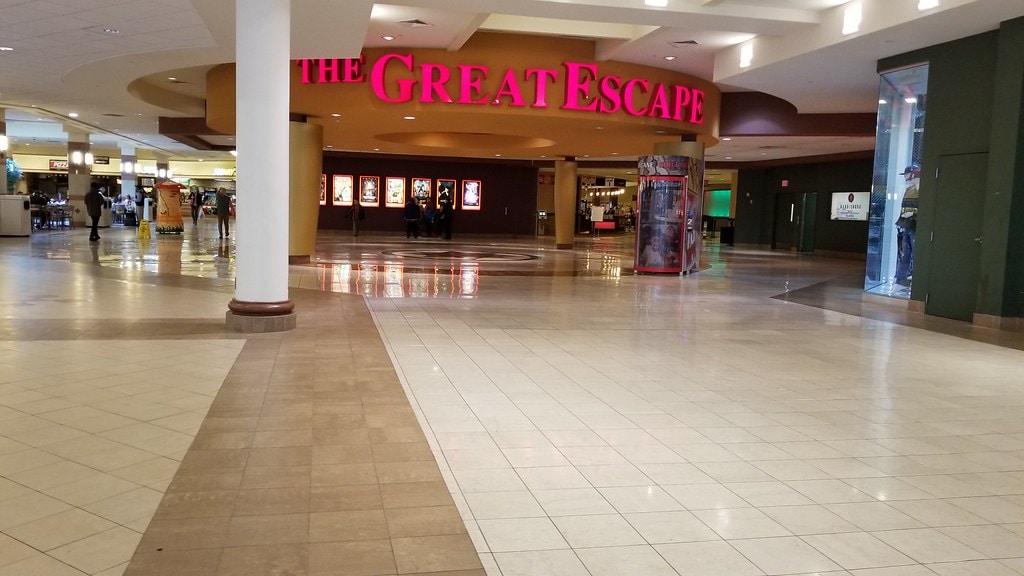

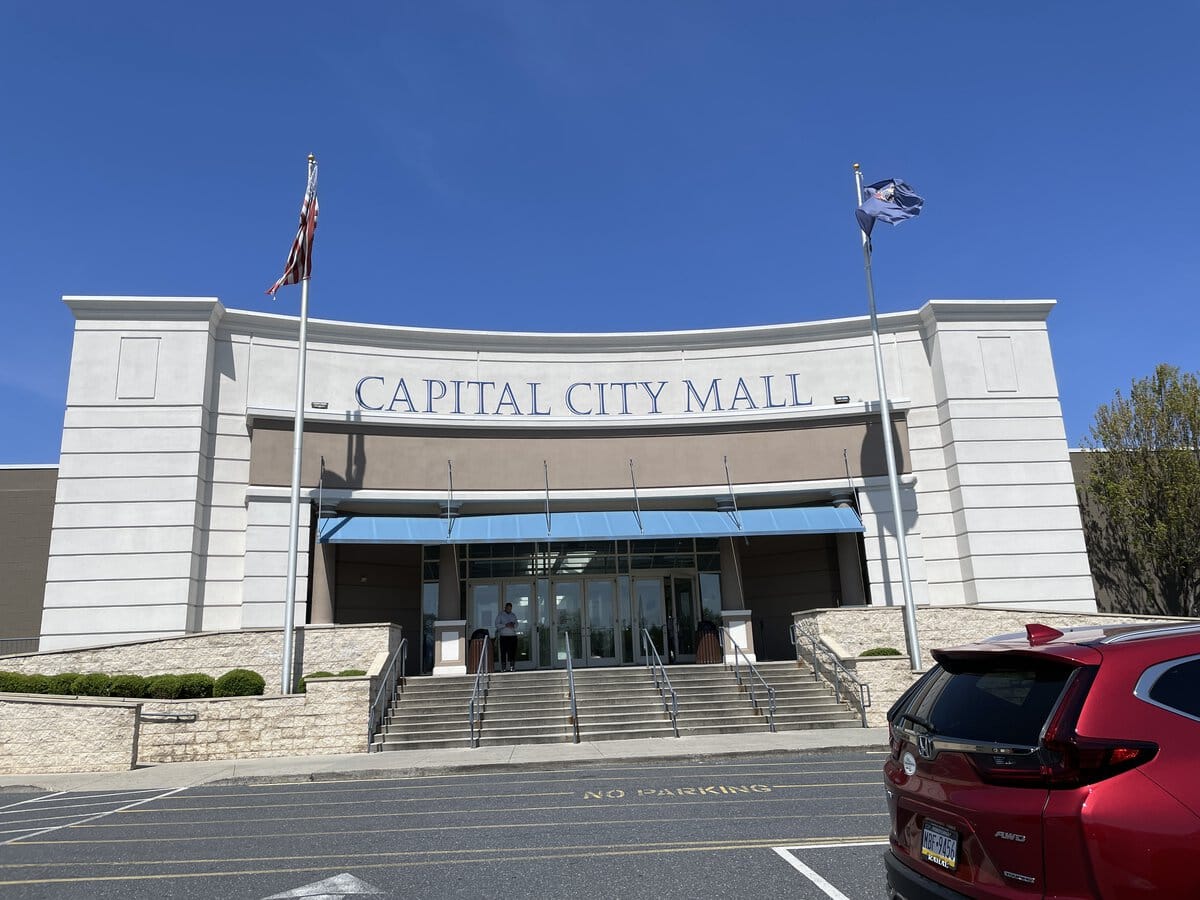



I understand why you would feel sad about the mall's current state. It's always difficult to see a place with so many memories undergo changes.